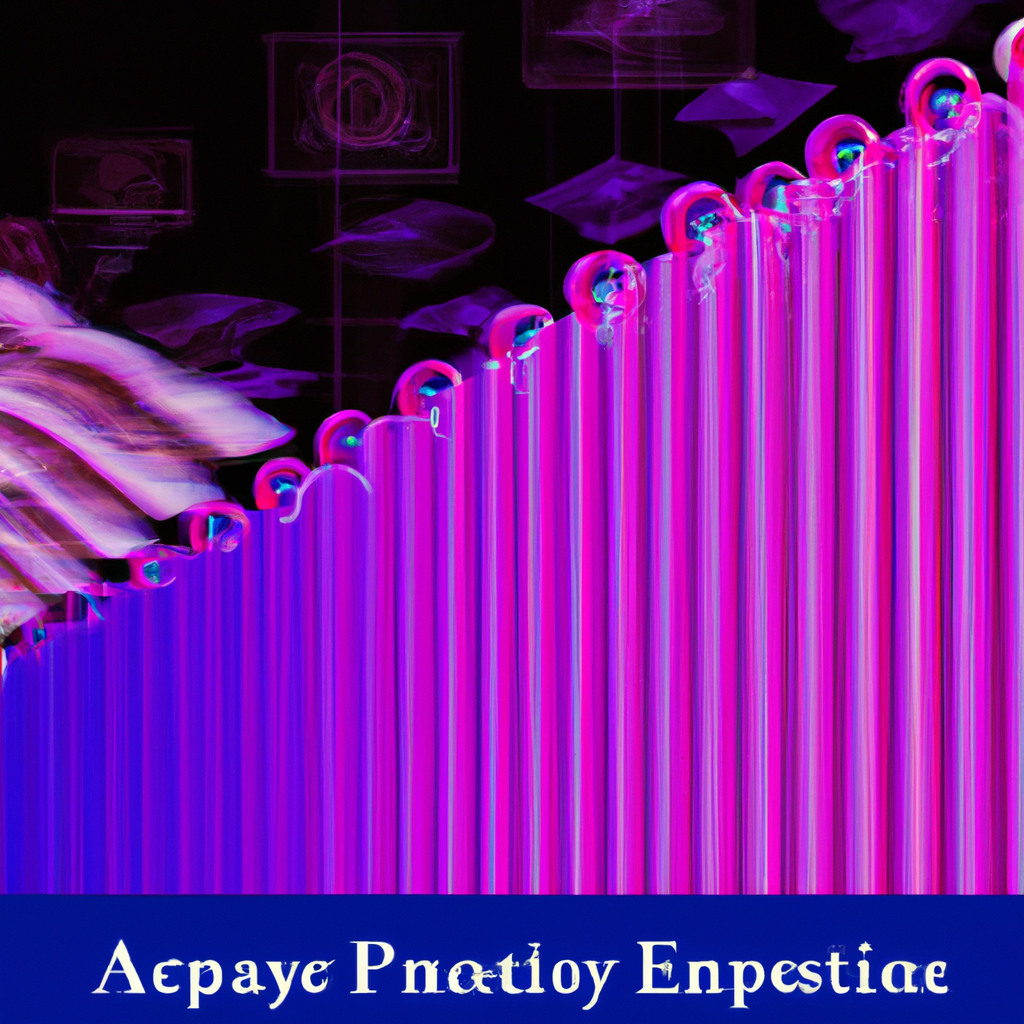Analyzing the Efficiency of Image Compression Algorithms in Multimedia Applications
Table of Contents
Analyzing the Efficiency of Image Compression Algorithms in Multimedia Applications
# Introduction:
In the world of multimedia applications, image compression plays a crucial role in reducing the size of digital images for efficient storage and transmission. As the demand for high-quality images increases, it becomes imperative to analyze the efficiency of image compression algorithms. This article aims to explore the new trends and classics in computation and algorithms that enhance the efficiency of image compression in multimedia applications.
# Image Compression:
Image compression is the process of reducing the size of an image without significant loss of quality. It is a fundamental technique used in various multimedia applications, such as image storage, transmission, and display. Efficient image compression algorithms ensure that the compressed image retains the essential visual information while minimizing the file size.
# Lossless vs. Lossy Compression:
Image compression algorithms can be broadly categorized into two types: lossless compression and lossy compression. Lossless compression techniques preserve all the original data of an image, resulting in the exact reconstruction of the image. On the other hand, lossy compression techniques sacrifice some image details to achieve higher compression ratios. The choice between lossless and lossy compression depends on the specific requirements of the multimedia application.
# Classics of Image Compression Algorithms:
Run-Length Encoding (RLE): RLE is one of the oldest and simplest image compression algorithms. It works by replacing consecutive repeated pixels with a count value and the pixel value itself. While RLE is efficient in compressing images with long runs of identical pixels, it performs poorly on images with complex patterns or high color variations.
Huffman Coding: Huffman coding is a widely used entropy coding technique in image compression. It assigns shorter codes to frequently occurring symbols and longer codes to less frequent symbols. Huffman coding exploits the statistical properties of the image data and achieves significant compression ratios. However, it is a lossless compression technique and may not be suitable for applications where higher compression ratios are desired.
Discrete Cosine Transform (DCT): DCT is a classic transform-based compression algorithm that converts the spatial domain representation of an image into the frequency domain. By discarding high-frequency coefficients, DCT achieves compression while maintaining visually acceptable image quality. The most popular image compression standard, JPEG, utilizes DCT as its core compression technique.
# New Trends in Image Compression Algorithms:
Wavelet Transform: Wavelet transform has gained significant attention in recent years due to its ability to capture both frequency and spatial information simultaneously. Unlike DCT, which uses fixed-size blocks, wavelet transform operates on different scales and resolutions, allowing for more efficient compression. Wavelet-based image compression algorithms, such as JPEG2000, offer improved image quality and scalability compared to traditional methods.
Neural Networks and Deep Learning: With the advancements in deep learning techniques, neural networks have shown promising results in image compression. Convolutional Neural Networks (CNNs) can learn complex image representations and directly generate compressed representations. By training on large datasets, neural network-based compression algorithms can adaptively learn the best compression strategy for different types of images, resulting in better compression quality.
Context-Based Compression: Context-based compression techniques utilize the statistical dependencies between neighboring pixels to improve compression efficiency. These algorithms exploit the redundancy present in natural images and achieve higher compression ratios. Context-based compression algorithms, such as Context-Adaptive Binary Arithmetic Coding (CABAC) used in the High-Efficiency Video Coding (HEVC) standard, have demonstrated superior compression performance compared to traditional methods.
# Efficiency Metrics:
To analyze the efficiency of image compression algorithms, several metrics are commonly used:
Compression Ratio: Compression ratio is defined as the ratio of the original image size to the compressed image size. It quantifies the level of compression achieved by an algorithm. Higher compression ratios indicate better efficiency.
Peak Signal-to-Noise Ratio (PSNR): PSNR measures the quality of the compressed image by comparing it to the original image. It calculates the ratio of the peak signal power to the mean squared error between the original and compressed images. Higher PSNR values indicate better image quality preservation.
Structural Similarity Index (SSIM): SSIM compares the structural information between the original and compressed images. It considers luminance, contrast, and structural similarity. SSIM values range from 0 to 1, with 1 indicating perfect similarity. Higher SSIM values imply better preservation of visual details.
# Conclusion:
Efficiency analysis of image compression algorithms in multimedia applications is vital to ensure optimal storage, transmission, and display of digital images. While classics like RLE, Huffman coding, and DCT have laid the foundation for image compression, new trends such as wavelet transform, neural networks, and context-based compression offer enhanced efficiency and improved image quality. By considering metrics like compression ratio, PSNR, and SSIM, researchers can assess the performance of different algorithms and select the most suitable one for specific multimedia applications.
# Conclusion
That its folks! Thank you for following up until here, and if you have any question or just want to chat, send me a message on GitHub of this project or an email. Am I doing it right?
https://github.com/lbenicio.github.io

